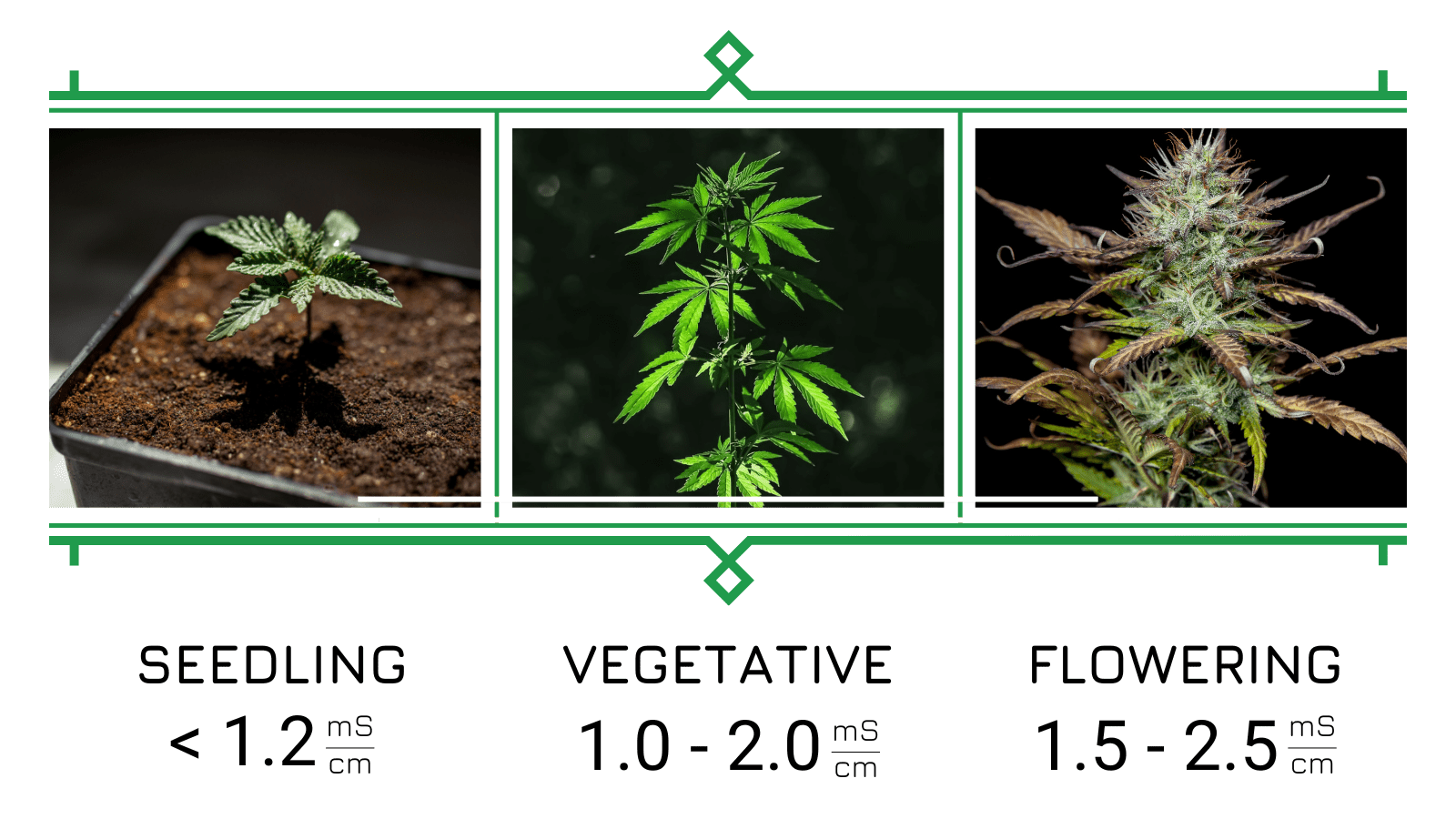Understanding Pore Water Electrical Conductivity
A Key to Healthier Plants
At Growbud, we’re not just passionate about cultivation; we’re devoted to unlocking the full potential of every plant we nurture. It’s a journey that takes us deep into the roots of cultivation, quite literally, to a place where water, soil, and science meet. Today, we’re delving into an aspect of plant care that might not be widely discussed but is crucial for optimizing plant growth: pore water electrical conductivity (EC).
The Essence of Pore Water EC
Pore water EC is a measure of the ability of the water in the soil pores to conduct electricity, which is directly influenced by the concentration of soluble salts in the soil. Why does this matter for your garden? Because the level of EC in the soil can tell you a lot about the health of your plants and the environment they are growing in.
High levels of soluble salts can indicate over-fertilization or poor water quality, potentially leading to plant stress or even damage. Conversely, low EC levels might suggest that your plants are not receiving enough nutrients from the soil. Either extreme can hinder the growth and health of your plants, affecting everything from their roots to the tips of their leaves.
The Growbud Approach to Monitoring EC
At Growbud, we believe in equipping cultivators with knowledge and tools to cultivate thriving plants. Monitoring pore water EC is a critical part of this process. By understanding the EC levels in your soil, you can make informed decisions about watering and fertilizing your plants, ensuring they receive just the right amount of nutrients and care.
How to Measure and Adjust EC
Measuring pore water EC can be done with a Growbud grow medium sensor. By inserting this meter into your soil, you can get an instant reading of the soil’s electrical conductivity. But understanding your plants’ EC requirements goes beyond just taking measurements. It involves knowing the specific needs of your plants and how they interact with your plants’ environment.
If you find that your soil’s EC levels are too high, it may be time to flush your soil with clean water or adjust your fertilization routine. On the other hand, if the EC levels are too low, your plants might be craving more nutrients, signaling it’s time to enrich your soil.
Conductivity Units
EC meters typically use dS/m or mS/cm as the units of conductivity. If you see one that you are not familiar the conversion is fortunately 1:1 where 1dS/m=1mS/cm.
dS/m (deciSiemens per meter): This unit means ten-thousandths of a Siemens per meter. “Deci” indicates a tenth, and Siemens is the SI unit of electrical conductance.
mS/cm (milliSiemens per centimeter): This unit means thousandths of a Siemens per centimeter. “Milli” indicates a thousandth.
Healthy levels of pore water EC can vary depending on the type of plants you’re growing. Generally, most plants thrive in a range with a pore water EC between 1 to 3 mS/cm. However, some plants are more tolerant of higher salinity levels, while others may require lower levels to thrive.
Example Scenario: Cannabis plants grown in coconut coir
It is important to consider different factors like grow medium, strain, lighting, etc. when determining proper nutrient solutions strength. You should tweak these ranges to suit your grow but the ranges below can be used as a starting point. The pore water EC will typically read lower in soils compared with grow mediums like coco, due to the buffering effect of the soil that is explained after this section.
Seedlings/Clones: For the initial stages, a lower EC is recommended, ideally under 1.2 mS/cm. This is because young plants are sensitive to nutrient burn.
Vegetative Stage: As the plants grow and their nutrient uptake increases, you can gradually increase the EC. A range of 1.0 to 2.0 mS/cm is often suggested.
Flowering Stage: During flowering, cannabis plants can handle and indeed require a higher EC for optimal bud development. The EC can be increased to between 1.5 to 2.5 mS/cm, with some growers pushing it higher, depending on the strain and its response to nutrients.

Note that these values are only a possible starting point!
Always see how your plants respond to any change in their environment. When growing in soil the EC value is not as critical as in coco or rockwool, so your plants can often grow well in a wide range of EC. This is because organic soil typically has a higher cation exchange capacity (CEC). CEC of a soil is a measure of its ability to hold and exchange cations. Soils with high CEC (like clayey and organic soils) can hold more nutrients and have a more significant buffering capacity against pH changes, influencing the EC of pore water. The higher the CEC, the more ions soil can exchange, which can lead to lower EC in the soil solution if the exchanged ions are not as mobile or soluble. When a nutrient solution is added to soil this exchange often leads to the pore water EC of the soil being lower than the EC of the nutrient solution.
The bottom line with pore water EC is that if it’s too high, your plants are susceptible to nutrient burn and may be struggling to uptake nutrients, and you may want to flush your grow medium with water or reduce the strength of your nutrient solution. If your pore water EC seems low you may be able to increase the strength of your nutrient solution in order to increase yield.
